What are three of the most terrifying letters in the high school athletic space? A. C. L.
These three letters have changed the course of countless athletes’ athletic careers, and can turn a very promising season for a team into a mediocre one.
There are an estimated 80,000 ACL tears each year in the United States. In this series of articles we will discuss what your ACL is, how you can potentially tear your ACL, the measures you can take to help prevent these tears from happening, and what to do post-surgery.
The goal at the end of this series is to give any high school coach, athlete, and parent the tools they need to prevent a torn ACL from ruining a season.
What is your ACL?
This acronym stands for Anterior Cruciate Ligament. It connects your tibia (lower leg) to your femur (upper leg), inside of the knee joint. Cross your fingers like you’re wishing to have a good season this year, and then point your hand down- your middle finger represents your ACL and your first finger represents your PCL (we will get to this one in a later series) inside your knee joint. The main job of your ACL is to keep your tibia from moving forward in relation to your femur. This is the main reason why the ACL is such an important ligament for athletes- without one, your tibia will move without you wanting it to move.
Think about a basketball player putting their foot in the ground hard to make a cut towards the basket. If there’s no ACL, when the foot gets planted the tibia will continue to move forward instead of being able to cut in a new direction. Or a volleyball player jumping up for a spike and landing. If there’s no ACL when the athlete lands, there’s no stability to control the landing. Which leads into the next point of this series-
There are two common ways that an athlete tears their ACL.
- A “contact injury” is when an athlete gets hit from the outside and behind. Imagine a football player getting tackled from behind. If the force is pushing their tibia forward and in, there’s a good chance an ACL tear can happen. This is almost unavoidable- if it’s going to happen, it’s going to happen. Luckily this is much less common than our second scenario.
- A “non-contact” ACL tear happens when the athlete cuts or lands with their knees pointing in and moving forward. About 70% of those 80,000 tears are non-contact injuries.
Stand up and try this out, so you know what I am talking about. Get into an athletic position: feet shoulder width apart, knees bent, chest up, you know the drill. Now push one of your knees forward past your toes and towards the other, your knee cap should be inside of your toes at this point. Remember this position! This is what we are trying to avoid in every scenario possible!
Posture and Position
Later in this series we will dive deep into the weight room on certain exercises and muscle groups that can help mitigate the chances of tearing an ACL, but for the time being… POSTURE and POSITION are the two most important things. Any time your athlete looks like the position we just demonstrated, they are ingraining poor movement patterns that need to be changed. Guarding someone in basketball? “Knees out:. Offensive lineman stance? “Knees out”. Landing from a rebound? “Knees out”. What about a bench press? “KNEES! OUT!”
It is your job as a coach to make sure that your athletes are moving correctly. Throwing a football correctly, swinging a bat, serving a tennis ball, etc. We all know that these movements have a correct way to do them to make them the most efficient possible. In order to get our athletes moving their body correctly, it takes repetition in order to create muscle memory. What I’m describing here is no different, KNEES OUT should not be something that the athlete has to consciously think about. It should be ingrained in their muscle memory, they unconsciously know how to land because they ALWAYS have their knees out in everything we do.
In the next part of this series we will discuss different ways we can coach ACL prevention in the weight room, and on the court/field.
At the end of the day you can never 100% guarantee you will not tear your ACL, but you can definitely lessen the chances. We always recommend consulting your doctor if you have questions or concerns about potential knee injuries and before starting any kind of new exercise or injury prevention.
You can always get started with the pros at SYNA by emailing them at synabluewave@gmail.com
Article compliments of Pete Messer.


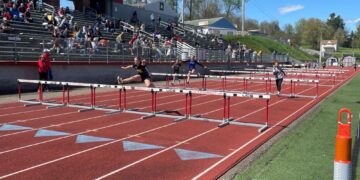

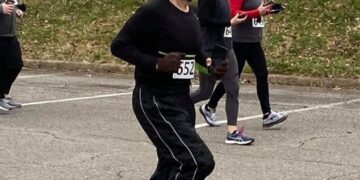



















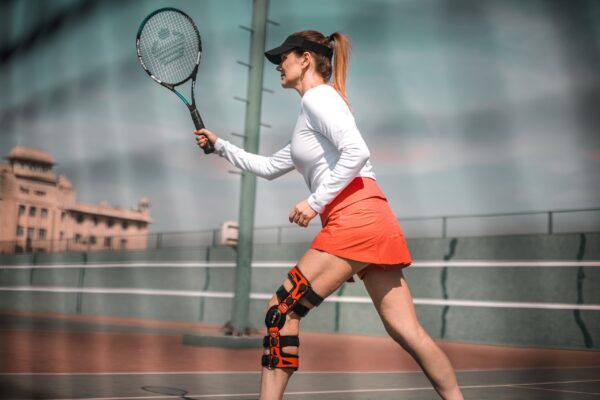
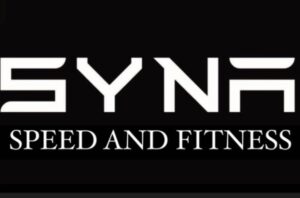





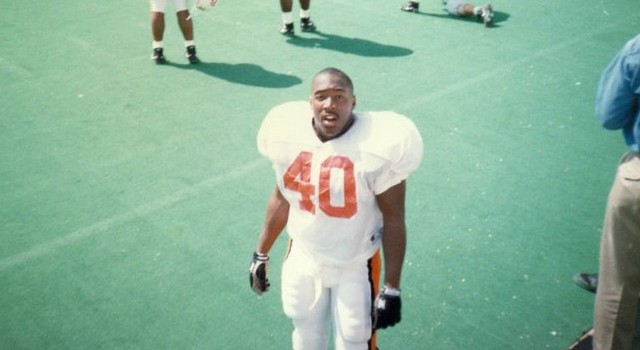

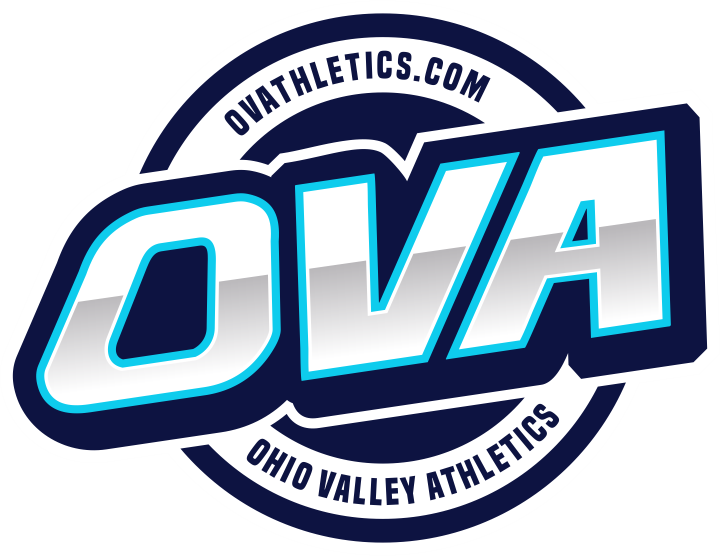
Discussion about this post